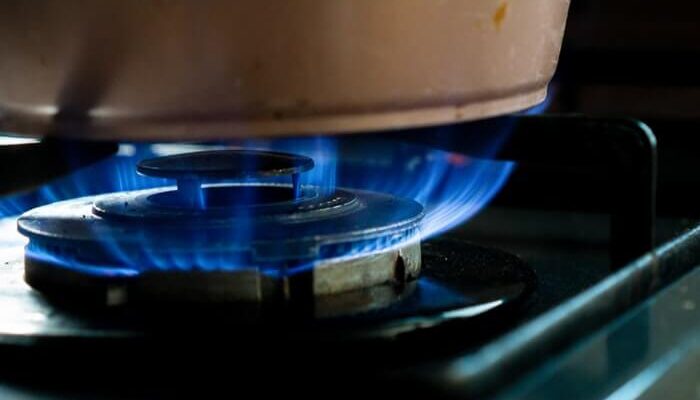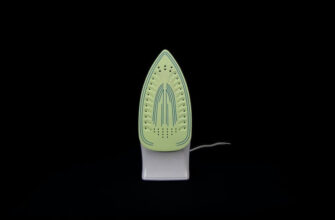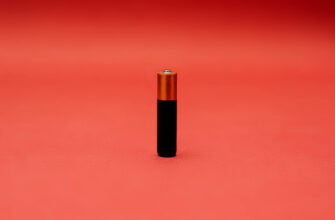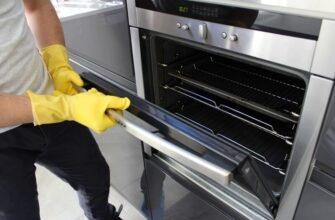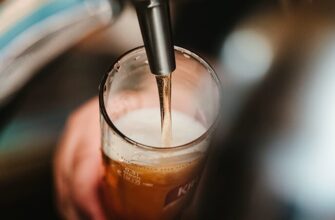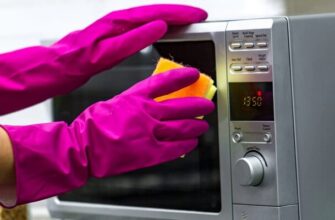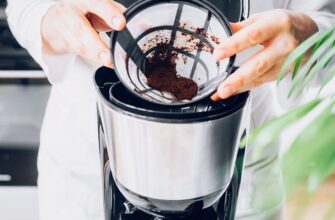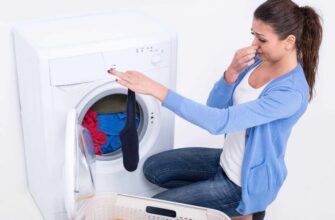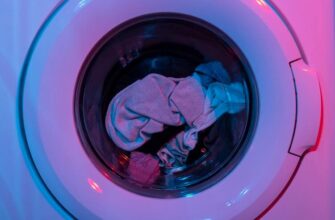Despite modern technology, accidents and accidents are still recorded due to improper use of gas equipment. So how to safely operate such cooking stoves, what surfaces do they have and how to properly care for them?
Security
Unfortunately, accidents and mishaps are not uncommon in homes equipped with gas stoves. This is often due to violations of the rules for the use of gas equipment. To protect yourself and your neighbors from trouble, you should follow some rules:
- Do not hide the valve that cuts off the gas supply behind false panels and cabinets: it must be in the access area;
- to install and connect a new stove, call a specialist: in the case of a problem, such as a gas leak, the master will be able to fix it in time;
- choose models with gas control – a system that automatically shuts off the gas in case of a flameout, and an electric ignition. The first feature will help avoid gas leaks, the second – to protect yourself and children from burns and accidents. Also, families with small children should pay attention to the lock function. If it is present, the ignition will be triggered only when you perform actions in a certain order;
- Regularly call a specialist to check all connections, gas pressure and the condition of the equipment;
- It is a good idea to buy a gas leak detector and install good ventilation equipment in the kitchen;
- Do not install a gas panel over a dishwasher or washing machine. It gets very hot, and the heat in such quantities can harm both the appliances and the stove itself.
What is the best material
The difficulty of caring for a gas stove depends on what material the cooktop is made of. Most often there are models with enamel coating. They are also the most problematic among their counterparts. Care of enamel means using gentle products, avoiding abrasives and constant monitoring of the appearance of cracks and chips.
Choosing a hob made of stainless steel will greatly simplify life: scratches are not visible on such a surface, it can be wiped with any detergents and sponges. The only thing on it will be visible stains from water, so the panel will have to wipe dry.
Stoves made of glass ceramic and look good, and quite practical to use: flat and flat surface does not create difficulties during cleaning. Of the disadvantages: you need to wash such a panel with special sponges and cream products, the cost of which is quite high. Runaway food and sugar must be removed from the glass-ceramic instantly, otherwise there will remain a stain, which is almost impossible to clean.
How to clean
Clean the stove regularly: wipe with a sponge with warm water and a drop of detergent after each cooking, once a week arrange her a big wash. This should be done as follows: shut off the gas, remove the grid and burners, wash them with a grease remover, wipe the stove itself with warm or hot water with the same grease remover.
Do not leave the product on the enameled stove for a long time – it can corrode the coating. To clean the enamel, it is better to use baking soda and vinegar. Problem areas are covered with baking soda, warm vinegar is poured on top. Then we wait until the sizzle passes, and remove the agent together with the grease with a soft sponge. After this procedure, the stove should be rinsed well, so that no soda remains on it. To prevent water from getting into the channel through which the gas flows, it can be gently blocked with a crumpled cloth.
Stoves made of stainless steel can be cleaned with abrasives with granules only if the panel is not mirror-smooth. In general, the care of such a surface is not different from the care of enamel. The only thing is that aggressive chemicals can be left on stainless steel for several hours.
Stoves made of glass ceramic should not be cleaned when they have not yet cooled – there is a risk of getting cracks. Such a surface should be cleaned with special means. It is best to use melamine or cellulose sponges, which are good at removing dirt and grease and give a shine.
You will need a toothbrush to clean the gas regulators. You can clean this area with a creamy product or even toothpaste – it does a pretty good job on dirt. To get under the valves, try lifting their caps a little and sticking a match in there. The narrow gap will help the toothbrush penetrate.
To clean the flame spreaders, grills and burners, you should soak them in warm water with a grease remover for half an hour, then wipe with a sponge. If these parts are cast iron, you can use metal sponges and brushes. To enhance the washing effect, you can use 72% laundry soap.
For polishing, you can use microfiber cloths or soft cellulose foam cloths.

